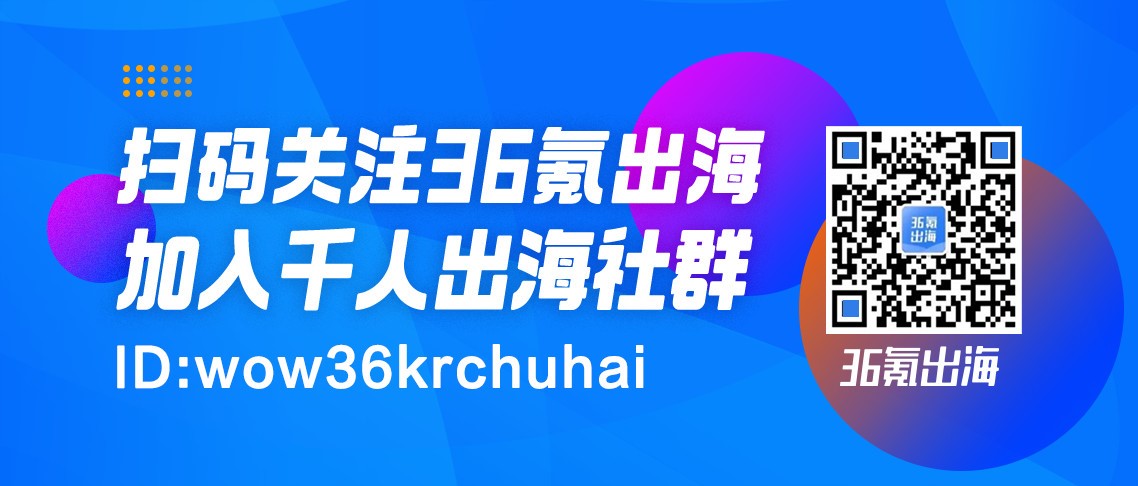The unified payment interface has replaced credit cards in India as the preferred payment method for users.
Editor’s note: This article comes from “Zhudao” (WeChat public account ID: zd_review) < / a>.
The three-year-old Indian digital payment product, the Unified Payment Interface (UPI), continues to grow rapidly.
After experiencing a three-fold increase in transaction volume in 2019, the unified payment interface has replaced credit cards in India as the preferred payment method for users.
In the fourth edition of the industry report “The Era of Rising Fintech” written by Indian online payment service Razorpay, about 38% of consumers prefer online transactions in India. Online payments through a unified payment interface have increased by 20% over the previous year. And 46% of consumers will still choose to use credit cards for transactions, which is a 10% decrease compared to 2018.
The report adds that, among all payments, unified payment interface transactions have achieved 885% growth over the past 24 months. It is reported that all data in the report comes from transactions conducted on the Razorpay platform from January 2018 to December 2019. Harshil Mathur, CEO and co-founder of Razorpay, said: “In the history of digital payments, we have seen for the first time that the unified payment interface surpassed bank cards. The unified payment interface is not only the first choice for individuals but also individuals. First choice for merchant payments. “
Meanwhile, the share of online banking dropped by 12% in 2019 to 11.4%.
In the unified payment interface application, Google Pay ’s payment application Google Pay continues to maintain its leading position in digital transactions with 59% market share, while PhonePe and Paytm account for 26% and 7% market share, respectively.
Due to the growth of unified payment interface transactions, although the number of digital wallet transactions has increased, the market share has continued to decline. Among them, Amazon Pay is the most popular e-wallet for consumers with 33% share, and Ola Money is behind with 17% share.
According to this report, food and beverage (26%), financial services (12.5%), and transportation (8%) are the three major industries witnessing the growth of digital applications. Among the top cities, Bangalore (23.31%) is still the most digitized city, with Delhi (10.44%) ranking second and Hyderabad (7.61%) is close behind.
The report further states that the Indian fintech industry needs regulatory support to thrive, and relevant regulations will help promote India’s digital payment infrastructure. Startups need to invest more in compliance rather than expanding their global business. Mathur said, “In the field of digital payment, trust will be more important than convenience.”
Razorpay, an Indian online payment service, claims to provide digital payment services to more than 600,000 companies, including IRCTC, Airtel, BookMyShow, Zomato, Swiggy, Yatra and Zerodha, etc., and plans to increase this number by 2020 Increased to 1 million.
Razorpay is a rising star in the payment portal business and became one of the fastest growing companies in FY 2019, achieving significant growth and improving its financial position. It is reported that Razorpay reduced its loss from Rs 128 million in the previous year to Rs 32.6 million in FY 2019, while the company’s revenue from payment gateway service commissions climbed from Rs 900 million in FY 2018 to 19.303 crore.
Edit | Du Jun @ 出海
Figure | Pexels

